REVIEW: The Brown Doll - A Journey Through Identity, Adoption, and Love
Review Date: 2nd May, 1pm @ Play, A Pie & A Pint
REVIEWS
T Wu
5/3/20253 min read
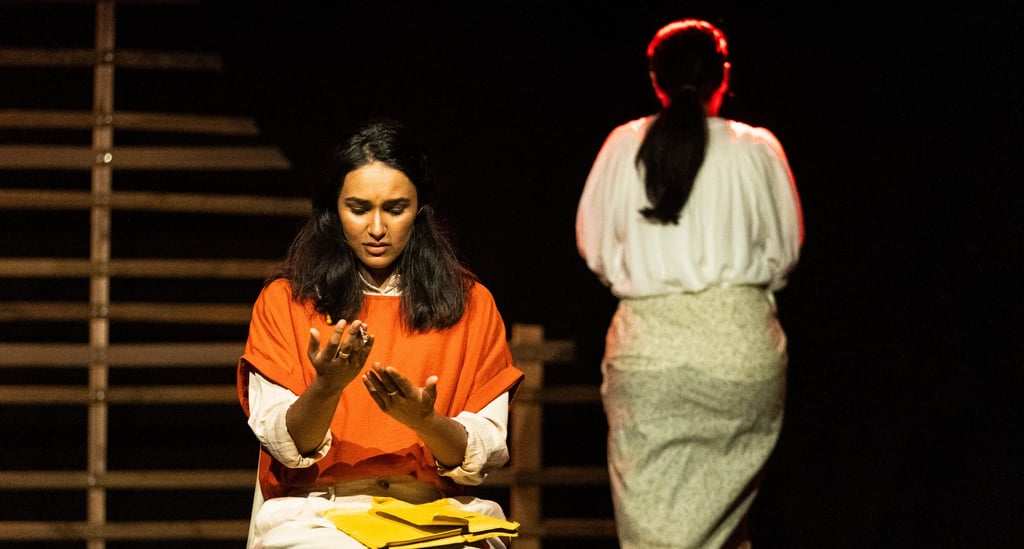

The Brown Doll is a story about an adopted child—referred to as “The Brown Doll” (played by Mehren Yar)—who grows up in the “whitest” village in Sweden, constantly questioning the part of herself that feels missing. Why does everyone look so different from her? Why is there no brown doll in town?
The origin of this story lies in a fraud linked to Sri Lanka’s adoption system in the 1980s, where three different maternal figures—her adoptive mother, her birth mother, and an acting mother—each offer their own perspective on the child’s identity and the environment in which she grows up.
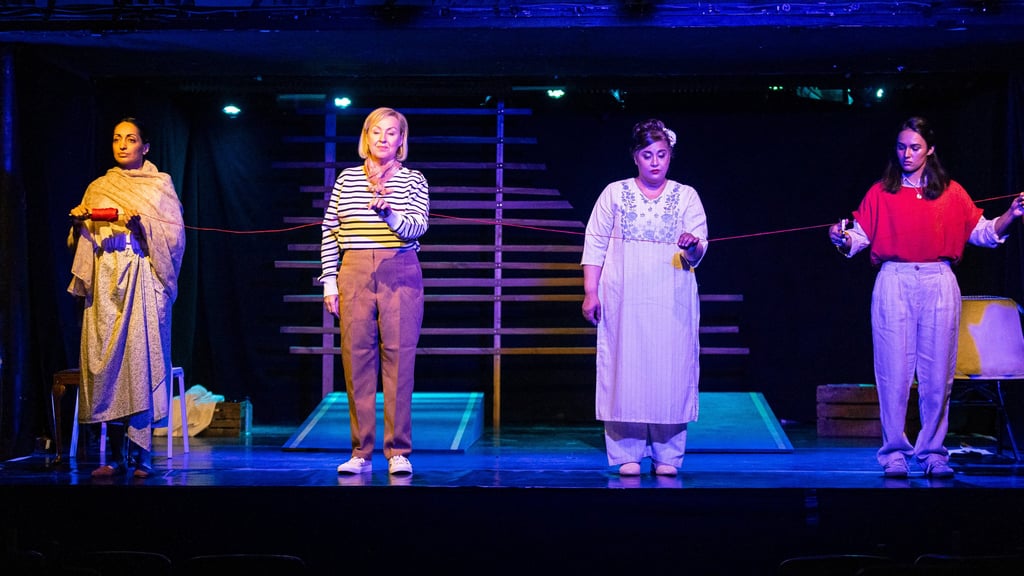

Every character has their own story: Rumisa, the birth mother (played by Sharan Atwal), shows unconditional love for her child; Anna, the adoptive mother (played by Rachel Ogilvy), longs deeply for a child; and Umaima (played by Farah Ahmed), caught in economic hardship, becomes part of the adoption chain out of necessity.
The play also questions the very criteria by which the adoption system is judged. Is it money? Is it simply about whether someone has a child or not? “Apply to be a mother”—but haven’t I already been a mother?
Writer Cilla Silvia reflects on how society repeatedly tells the child, “you are lucky.” But what does lucky really mean? Who gets to define it? Is growing up in a white community inherently a blessing? Should being adopted by financially secure parents silence a child’s curiosity? In today’s world, identity and cultural belonging are increasingly relevant topics. We often see opinions in the media claiming “immigrants have choices” or “how could they be dissatisfied after coming here?”
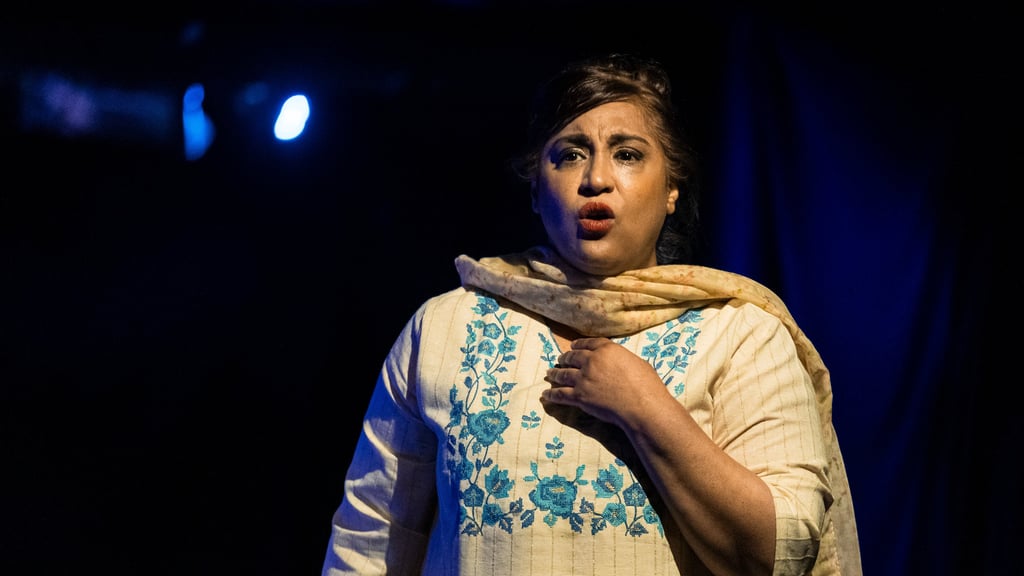

Yet, The Brown Doll shows us that identity is far more complex than we might assume. The child is not unloved by her adoptive parents—far from it—but she still wonders: where do I truly belong? It’s not dissatisfaction, but as one line says, “a missing part.” The play reminds us that the world is diverse, as are cultures, and in a globalized society, empathy and mutual respect are more important than ever.
Director Niloo-Far Khan demonstrates a strong grasp of the story’s background and manages the stage dynamics well. The story begins with a long red thread connecting the four main characters—only to be cut apart piece by piece, and finally tied together again. The recurring image of the rope suggests connection, but its exact meaning might have benefitted from a clearer definition.
As it’s a small-theatre production, scene transitions rely on sound effects, which are reasonably designed. However, due to the lack of vocal amplification, many transitions fade out too quickly, risking a drop in audience engagement. With stronger technical support, I believe this play could shine even brighter in future venues.
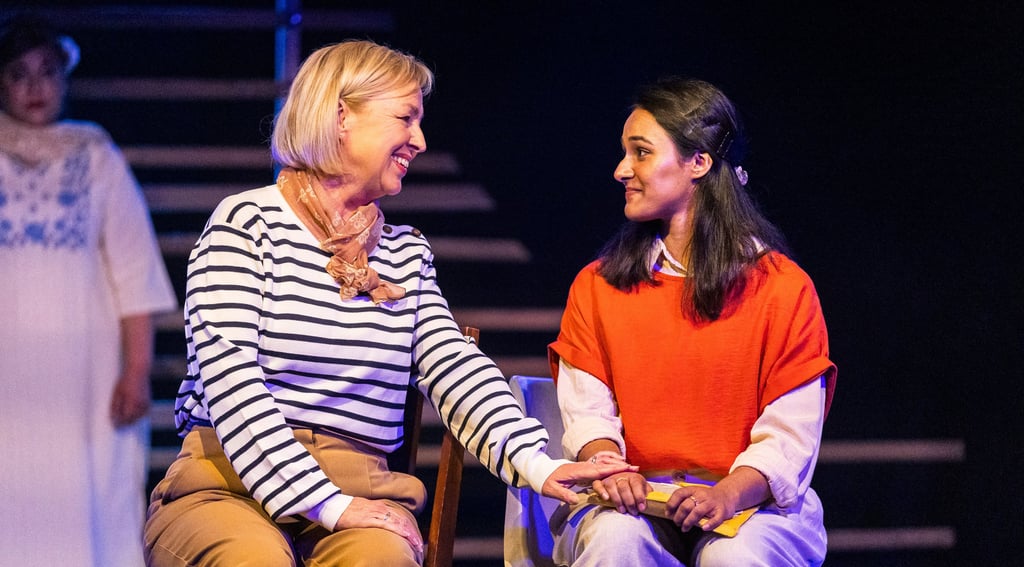

⭐️ ⭐️ ⭐️ ⭐️
The Brown Doll By Cilla Silvia
Mon, 28 April, 2025 — Sat, 03 May, 2025
A Play, A Pie & A Pint @ Òran Mór
Cast
Farah Ahmed as Umaima
Shaan Atwal as Rumisa
Rachel Ogilvy as Anna
Mehren Yar as The Brown Doll
Creative Team:
Writer: Cilla Silvia
Director: Niloo-Far Khan
Designer: Fraser Lappin
Assistant Director: Briony Conaghan
Production Team:
Artistic Director: Brian Logan
Associate Artistic Director: Laila Noble
Producers: Sarah Alice Cruickshank, Li Kennedy
Assistant Producer: Neve Adams
Casting Associate: Jake Curran-Pipe
Press and Comms: Calum O'Brien
Comms Assistant: Agnes Wang
Head of Production: Sam Ramsay
Asst Prod Coordinator: Alice Jones
Design Team: Heather Grace Currie, Fraser Lappin
Design Assistant: Glenn Parkinson Lighting Design: Ross Kirkland
Sound Design: Ross Nurney
©️ Photo by Eoin Carey
©️ Photo by Eoin Carey
©️ Photo by Eoin Carey
©️ Photo by Eoin Carey
Overall, the writer uses this story to depict the process of self-discovery, the experiences of growing up, and a subtle disconnection from the “white world.” The child character delivers many significant monologues. Mehren’s performance is dedicated, though the pacing of the lines could use more variation. In terms of character development, a deeper explorations of each character's backstory would be appreciated. Giving more time to the search for the mother could also create a more balanced narrative. Considering this is Cilla's debut as a playwright, the quality and depth of the work are impressively conveyed.
In short, this is a story that is both deep and relieving. Has she truly found her mother? Has she found her identity? Will her life change from here on? These are questions left for us to ponder.
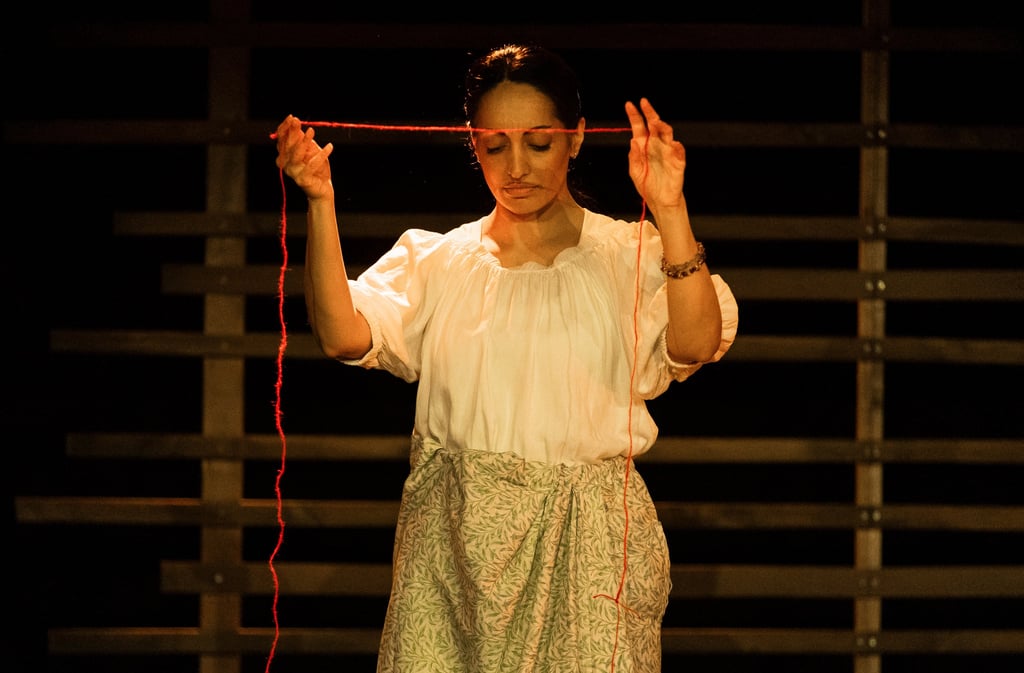

©️ Photo by Eoin Carey
Sound Behind Curtain
A place for all Asian artists.
© 2025 Sound Behind Curtain - Operated by Mujian Ltd (SC840410). All rights reserved.
Your gift keeps the curtain rising for Asian creatives.
About
Contact
